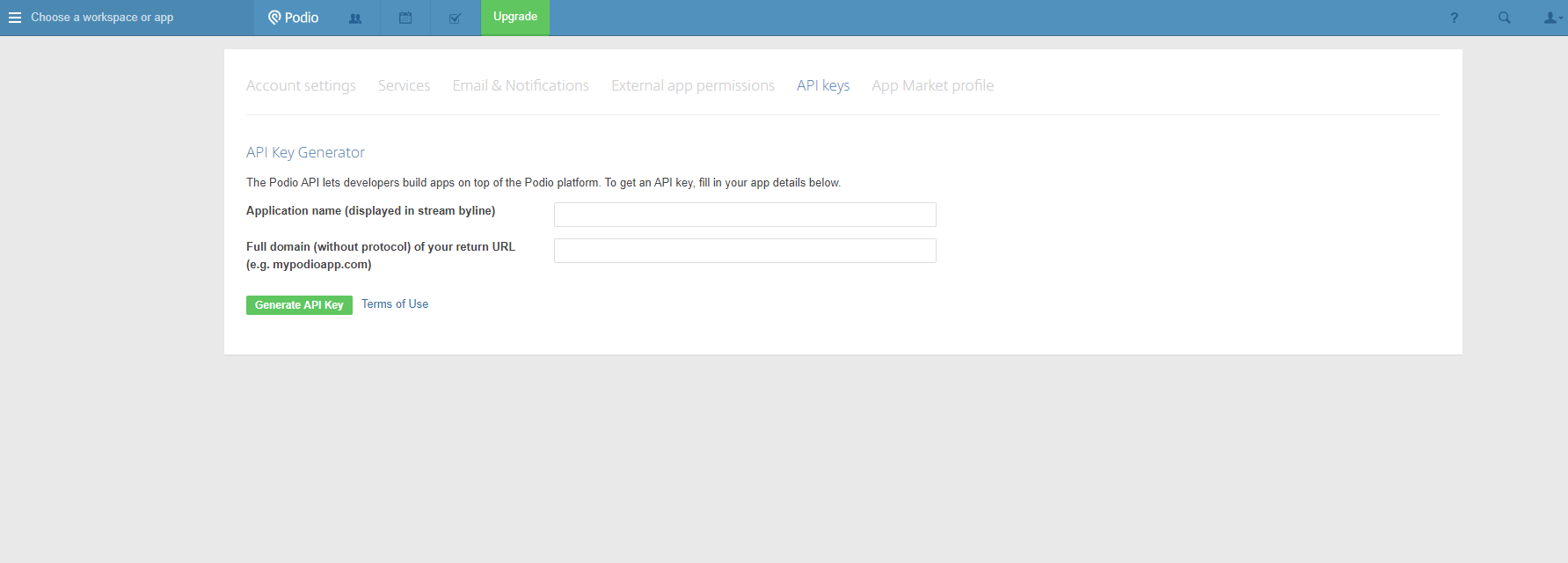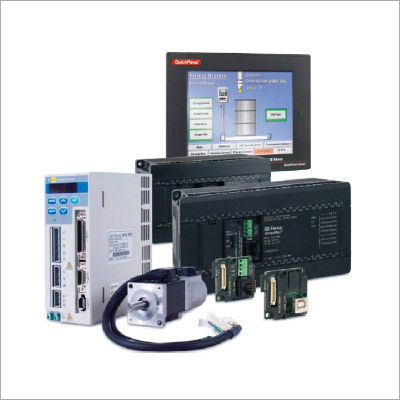

AUTOMATION ARRAYSYNC HOW TO
The following example shows how to create a string variable and then return its value.

The only way to do this is to use the internal Get-AutomationVariable cmdlet. Retrieves the value of an existing variable.Ī PowerShell script can't retrieve an encrypted value. For more information, see Internal cmdlets. These cmdlets come with the global module. The internal cmdlets in the following table are used to access variables in your runbooks and DSC configurations. Write-output "The encrypted value of the variable is: $encryptvar" For example, to see the value of an encrypted variable, you might create a runbook to get the variable and then write it to the output stream: $encryptvar = Get-AutomationVariable -Name TestVariable The only way to do this is by using the internal Get-AutomationVariable cmdlet in a runbook or DSC configuration.

You can't use this cmdlet to retrieve the value of an encrypted variable. 1Ĭreates a new variable and sets its value. If it's a complex type, a PSCustomObject type is retrieved. If the value is a simple type, that same type is retrieved. Retrieves the value of an existing variable. The cmdlets in the following table create and manage Automation variables with PowerShell. See Naming rules and restrictions for Azure resources. Resource group variables can be a maximum of 90 characters. VM name variables can be a maximum of 80 characters. You can store multiple values to a single variable by creating an array or hashtable and saving it to the variable. Complex types are retrieved as a for a Complex object type instead of a PSObject type PSCustomObject.
AUTOMATION ARRAYSYNC WINDOWS
However, you can provide a value of any type using Windows PowerShell. You can't use the Azure portal to create or change the value for a complex variable type. You use the Set-AutomationVariable in your runbooks that are intended to run in the Azure sandbox environment, or on a Windows Hybrid Runbook Worker. You must set the value with the Set-AzAutomationVariable cmdlet or the internal Set-AutomationVariable cmdlet. If you indicate Not defined, the value of the variable is set to Null. You must set the variable using Windows PowerShell if you want to specify a value of a different type. The variable isn't restricted to the specified data type. The following are variable types available in Azure Automation: When you create a variable with the Azure portal, you must specify a data type from the dropdown list so that the portal can display the appropriate control for entering the variable value. Before storing a secure asset, Automation loads the key from Key Vault and then uses it to encrypt the asset. Azure Automation stores the key in the system-managed Key Vault. These assets are encrypted and stored in Azure Automation using a unique key that is generated for each Automation account. Secure assets in Azure Automation include credentials, certificates, connections, and encrypted variables. If you have unencrypted variables that you want excluded from this security recommendation, see Exempt a resource from recommendations and secure score to create an exemption rule. A Microsoft Defender for Cloud recommendation is to encrypt all Azure Automation variables as described in Automation account variables should be encrypted. If you have Automation account variables storing sensitive data that are not already encrypted, then you need to delete them and recreate them as encrypted variables. After you create the variable, you can't change its encryption status without re-creating the variable. When you create a variable, you can specify its encryption and storage by Azure Automation as a secure asset. This behavior allows one runbook or DSC configuration to set a value that is then used by another runbook, or by the same runbook or DSC configuration the next time it runs.Īzure Automation stores each encrypted variable securely. An example is a set of common configuration items, such as a specific list of VM names, a specific resource group, an AD domain name, and more.Īzure Automation persists variables and makes them available even if a runbook or DSC configuration fails. Managing a value used by runbooks or DSC configurations from the portal or from the PowerShell command line. Sharing a value among multiple jobs from the same runbook or DSC configuration. Sharing a value among multiple runbooks or DSC configurations. You can manage them from the Azure portal, from PowerShell, within a runbook, or in a DSC configuration.Īutomation variables are useful for the following scenarios: Variable assets are values that are available to all runbooks and DSC configurations in your Automation account.


 0 kommentar(er)
0 kommentar(er)
